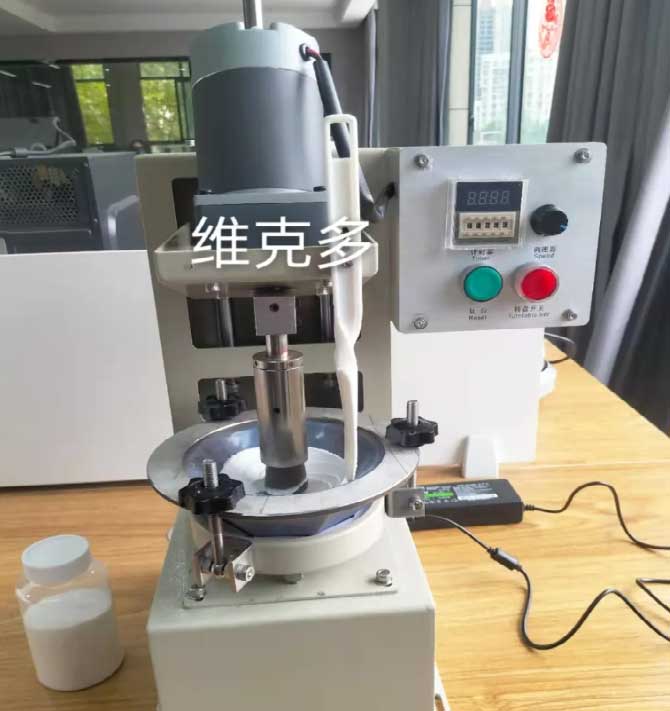In laboratory mineral processing workflows, agate grinding mills are indispensable equipment. They are primarily used for grinding ores, mineral samples, and other hard materials to facilitate subsequent chemical analysis or physical testing. Based on the number of grinding heads, agate grinding mills can be categorized into three-head agate grinding mills and single-head agate grinding mills. Each type offers unique advantages and application scenarios in mineral processing. This article provides a detailed comparison of these two types of equipment and their applications in mineral processing.
Equipment Structure and Working Principle
Three-Head Agate Grinding Mill
As the name suggests, the three-head agate grinding mill is equipped with three grinding heads. Each grinding head can operate independently or simultaneously. This design allows the three-head agate grinding mill to process multiple samples at once, significantly improving work efficiency. The grinding heads are typically made of agate material, which offers high hardness and wear resistance, making them suitable for grinding hard materials.

Single-Head Agate Grinding Mill
The single-head agate grinding mill features only one grinding head, resulting in a relatively simpler structure. Although its sample processing speed is lower compared to the three-head agate grinding mill, its straightforward design makes it easier to operate and maintain. Like its three-head counterpart, the single-head agate grinding mill also uses agate material to ensure uniformity and consistency during the grinding process.

Applications in Mineral Processing
Applications of Three-Head Agate Grinding Mill
The three-head agate grinding mill is widely used in mineral processing due to its high efficiency. Its ability to process multiple samples simultaneously makes it ideal for large-scale sample processing or experiments requiring rapid results. For instance, in ore composition analysis, researchers often need to handle a large number of ore samples. The three-head agate grinding mill can significantly reduce sample preparation time and enhance overall experimental efficiency.
Additionally, the three-head agate grinding mill can be used for grinding tasks with varying particle size requirements. By adjusting the working parameters of each grinding head, it is possible to achieve customized processing for different samples, meeting diverse experimental needs.
Applications of Single-Head Agate Grinding Mill
The single-head agate grinding mill is more suitable for small-scale or precision-oriented mineral processing tasks. Its simple structure offers greater operational flexibility, making it ideal for processing a limited number of samples with high precision requirements. For example, in mineralogy research or precise analysis of specific ore components, the single-head agate grinding mill can deliver finer and more uniform grinding results.
The single-head agate grinding mill is also commonly used in experiments requiring prolonged grinding. Thanks to its single grinding head design, the equipment operates more stably, making it suitable for long-term continuous operation and ensuring consistency and reliability throughout the grinding process.
Whether choosing a three-head or single-head agate grinding mill, understanding their working principles and application characteristics can help researchers better utilize these devices, thereby improving the efficiency and quality of mineral processing workflows.







